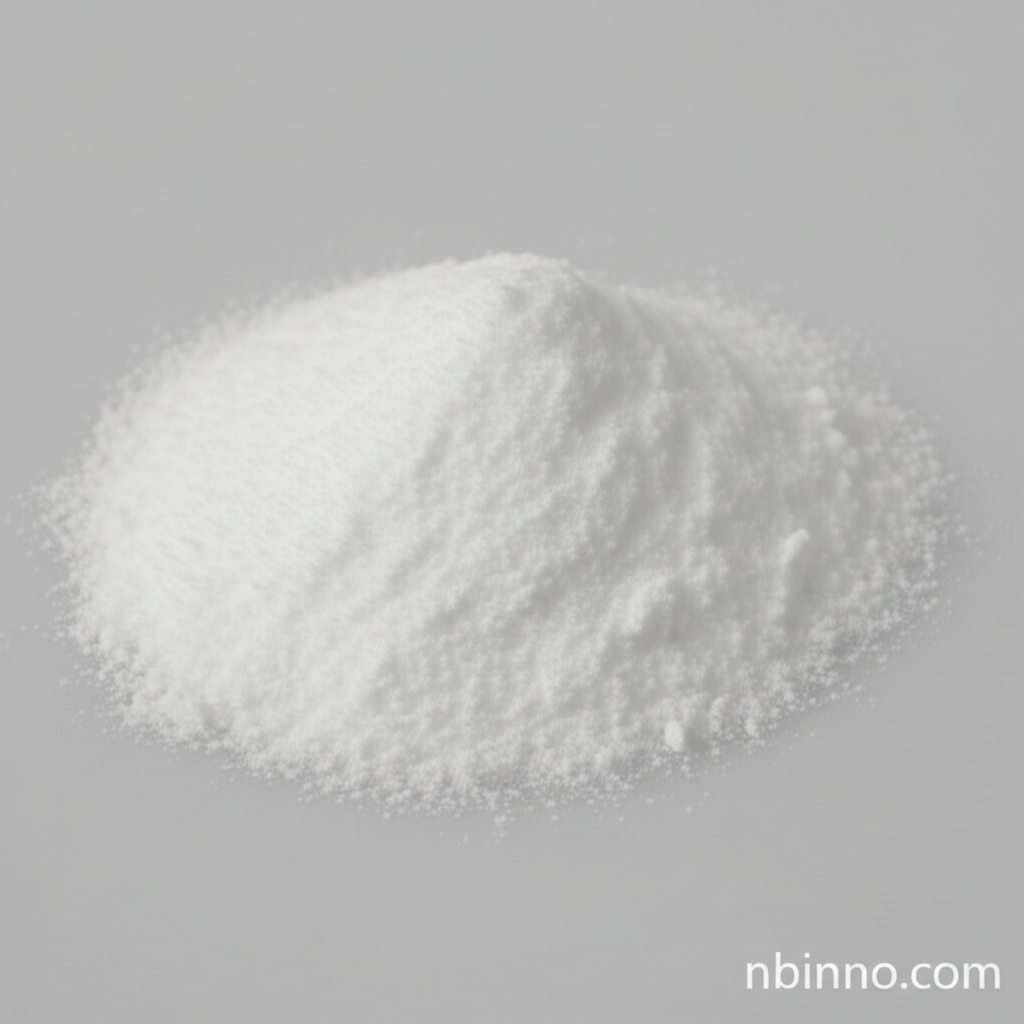Unlock Efficient Organic Synthesis: The Power of 2-Chloro-1,3-Dimethylimidazolidinium Tetrafluoroborate as a Condensation Reagent
Discover a key reagent for precision in peptide synthesis and beyond. Explore its capabilities today.
Get a Quote & SampleProduct Core Value

2-Chloro-1,3-dimethylimidazolidinium tetrafluoroborate
This compound stands out as a crucial condensation reagent, highly valued for its efficiency and precision in various organic synthesis applications. Its robust chemical properties and reliability make it an indispensable tool for chemists aiming for high-purity products and complex molecular structures.
- A key reagent for peptide synthesis coupling agent, ensuring successful bond formation with minimal side reactions.
- Facilitates the esterification of sterically hindered amino acids, a critical step in many complex molecular constructions.
- Significantly aids in minimizing racemization during synthesis, preserving the stereochemical integrity of chiral molecules.
- Plays a vital role in catalyst preparation, contributing to the development of new catalytic systems for various chemical transformations.
Key Advantages
Enhanced Reaction Efficiency
Leverage the power of this reagent to achieve higher yields and greater selectivity in your organic synthesis projects, making your chemical synthesis more efficient.
Stereochemical Integrity Preservation
Crucial for pharmaceutical intermediate synthesis, this compound helps maintain the desired stereochemistry, preventing unwanted chiral changes.
Versatile Application Range
From intricate peptide coupling to the preparation of advanced coupling reagents, its versatility supports a broad spectrum of synthetic needs.
Key Applications
Condensation Reactions
As a primary condensation reagent, it excels in forming new bonds by facilitating the removal of small molecules, vital for complex organic synthesis.
Peptide Synthesis
Its role as a peptide synthesis coupling agent is paramount, especially when dealing with difficult-to-couple amino acids, ensuring high-quality peptide chains.
Esterification Processes
The reagent is effectively used for esterification, including the crucial step of attaching C-terminal amino acids to resins without compromising chiral purity.
Catalyst Synthesis
It contributes to the synthesis of catalysts used in palladium and nickel-based reactions, advancing the field of catalytic chemistry.
